Automotive interior sketches play a crucial role in the design and development of a vehicle. These sketches are the initial visual representations of a designer’s vision and help in communicating the design concept to the rest of the team. Interior sketches are an essential component of the design process as they help in determining the final look and feel of the vehicle’s interior.

Sketches are created using a variety of techniques, including hand-drawn sketches and digital sketches. Hand-drawn sketches are often used in the initial stages of the design process as they are quick and easy to produce. Digital sketches, on the other hand, are created using computer software and are often used in later stages of the design process to refine the design and create more detailed renderings.
Interior sketches are not only used to determine the design of the vehicle’s interior but also to ensure that the design meets safety and regulatory requirements. Designers must take into account factors such as ergonomics, visibility, and ease of use when creating interior sketches. By using sketches, designers can experiment with different design concepts and make changes before the final design is approved.
History of Automotive Interior Design

Automotive interior design has come a long way since the first cars were produced. Early cars had minimal interiors, with no seats, dashboard, or even a steering wheel. Over time, car interiors have become more sophisticated, with an emphasis on comfort, safety, and convenience.
In the early 1900s, car interiors were made of wood and metal. Seats were often made of leather, and there was no heating or air conditioning. The dashboard was simple, with a speedometer and a few gauges. It wasn’t until the 1920s that car interiors began to evolve.
During the 1920s and 1930s, car interiors became more comfortable and luxurious. Seats were padded, and heating systems were introduced. The dashboard became more complex, with more gauges and controls. In the 1940s, car interiors became even more comfortable, with the introduction of air conditioning and power windows.
In the 1950s, car interiors became even more luxurious, with the introduction of power seats, power steering, and power brakes. Car manufacturers also began to experiment with new materials, such as vinyl and plastic. In the 1960s, car interiors became more functional, with the introduction of safety features such as seat belts and airbags.
Today, car interiors are designed with comfort, safety, and convenience in mind. Features such as heated and cooled seats, navigation systems, and entertainment systems are common in modern cars. Car manufacturers also use a wide range of materials, including leather, plastic, and wood, to create interiors that are both stylish and functional.
Basics of Sketching Interiors

Sketching automotive interiors can be a challenging task that requires a combination of technical skills and creativity. In this section, we will cover some of the basics of sketching interiors, including the materials and tools needed, perspective and proportions, and the importance of ergonomics and comfort.
Materials and Tools
To start sketching an interior, it is essential to have the right materials and tools. The most common materials used by automotive designers are pencils, markers, and paper. Pencils are ideal for sketching initial ideas and rough outlines, while markers are great for adding details and shading. Paper should be of good quality, preferably with a smooth surface to ensure clean lines and accurate sketches.
Apart from these basic materials, designers may also use digital tools such as tablets and software like Sketchbook Pro or Adobe Illustrator. These tools allow for more precise and detailed sketches, but they require some level of technical expertise.
Perspective and Proportions
Perspective and proportions are crucial elements in automotive interior sketches. Perspective refers to the way an object appears to the eye based on its position and distance from the viewer. In interior sketches, it is essential to determine the point of view and the horizon line to ensure accurate perspective.
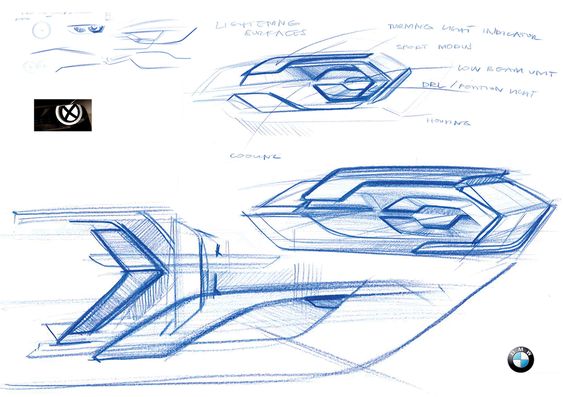
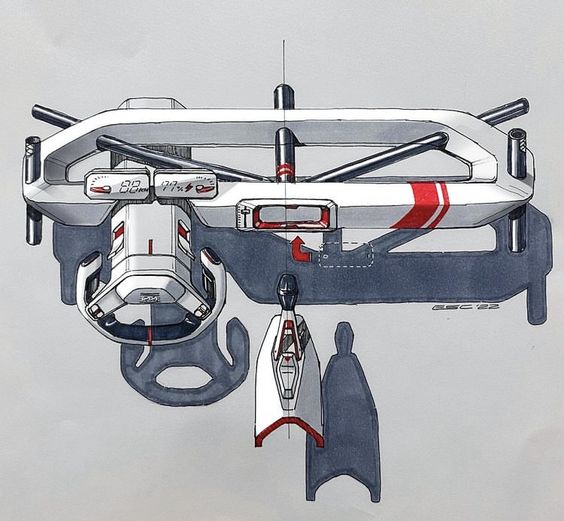
Proportions, on the other hand, refer to the relative size and placement of objects within the interior space. It is important to ensure that the proportions of the various components, such as seats, dashboard, and steering wheel, are accurate and consistent.
Ergonomics and Comfort
Ergonomics and comfort are critical factors that automotive designers must consider when sketching interiors. The design of the interior space should prioritize the needs and comfort of the driver and passengers. The placement and size of controls, seats, and storage compartments should be optimized for ease of use and accessibility.
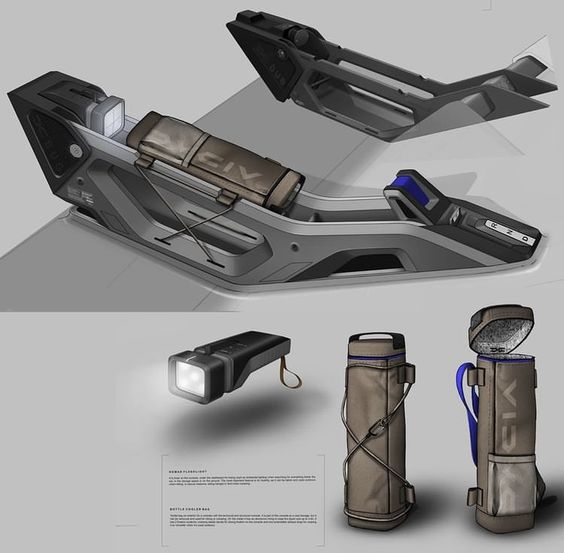
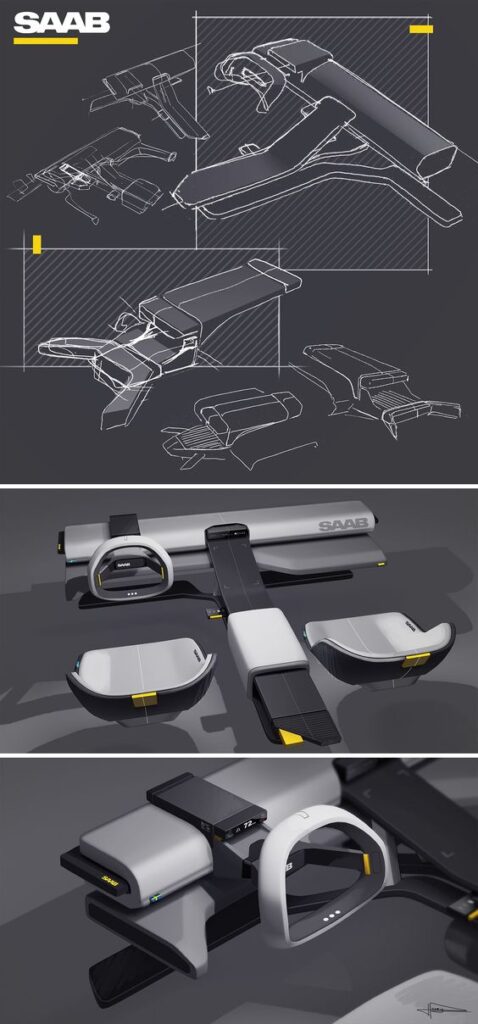
In conclusion, sketching automotive interiors requires a combination of technical skills, creativity, and attention to detail. By using the right materials and tools, understanding perspective and proportions, and prioritizing ergonomics and comfort, designers can create accurate and appealing interior sketches that meet the needs of drivers and passengers.
Design Principles for Automotive Interiors

Automotive interiors play a crucial role in the overall design and usability of a vehicle. The interior design should not only be aesthetically pleasing, but also functional and innovative. Here are some key design principles to consider when creating automotive interiors.
Aesthetics and Style
The aesthetics and style of an automotive interior should be visually appealing and harmonious with the overall design of the vehicle. The use of high-quality materials, textures, and colors can enhance the visual appeal of the interior. The layout and placement of controls and displays should be intuitive and easy to use, while also adding to the overall design.
Functionality and Usability
Functionality and usability are key design principles for automotive interiors. The interior should be designed to provide maximum comfort and convenience for the driver and passengers.
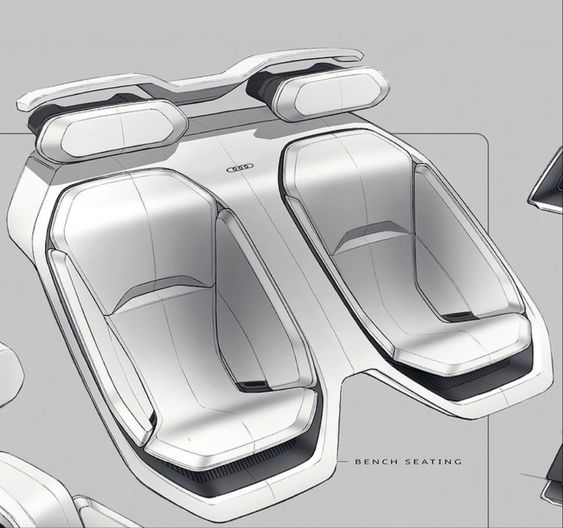
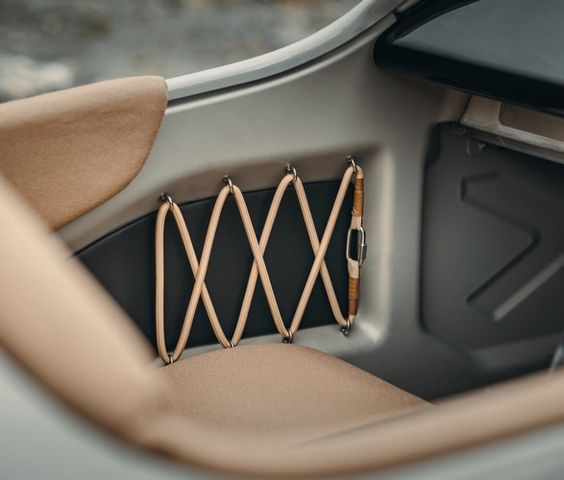
The placement of controls, seating arrangements, and storage compartments should be ergonomic and easy to access. The use of technology, such as infotainment systems and driver assistance features, should also be integrated seamlessly into the interior design.
Innovation and Trends
Innovation and trends in automotive interiors are constantly evolving. Designers should stay up-to-date with the latest trends and incorporate innovative features into their designs. This could include the use of sustainable materials, such as recycled plastics and natural fibers, or the integration of advanced technology, such as augmented reality displays and voice-activated controls.
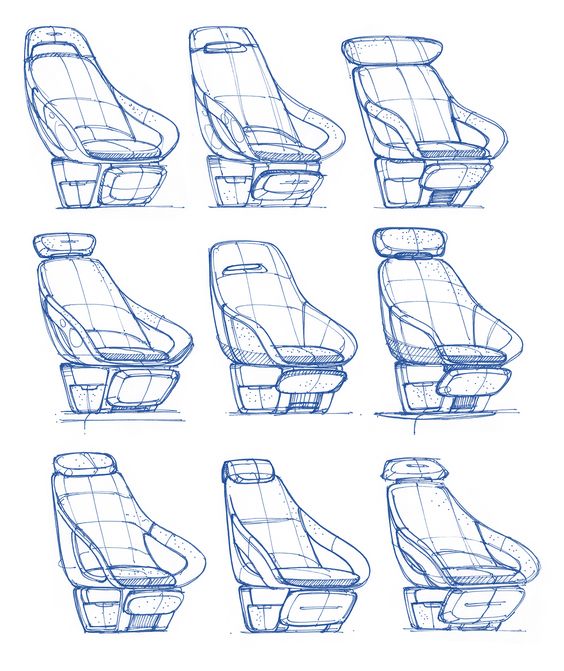
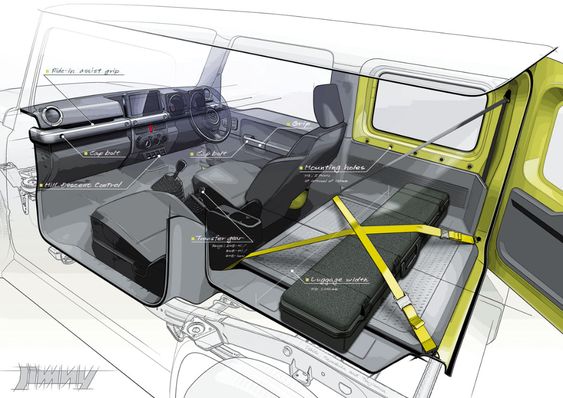
Overall, the design principles for automotive interiors should prioritize aesthetics, functionality, and innovation. By incorporating these principles into their designs, automotive designers can create interiors that are visually appealing, user-friendly, and ahead of the curve in terms of innovation and technology.
Sketching Techniques

Line Drawing and Shading
Line drawing and shading are the foundation of any automotive interior sketch. The lines should be clean, smooth, and precise. The shading should be used to create depth and dimension in the design. It is important to use the right tools for the job, such as pencils, markers, and pens. Depending on the desired effect, different types of lines and shading techniques can be employed. For example, crosshatching can be used to create shadows, while stippling can be used to create texture.
Coloring and Texturing
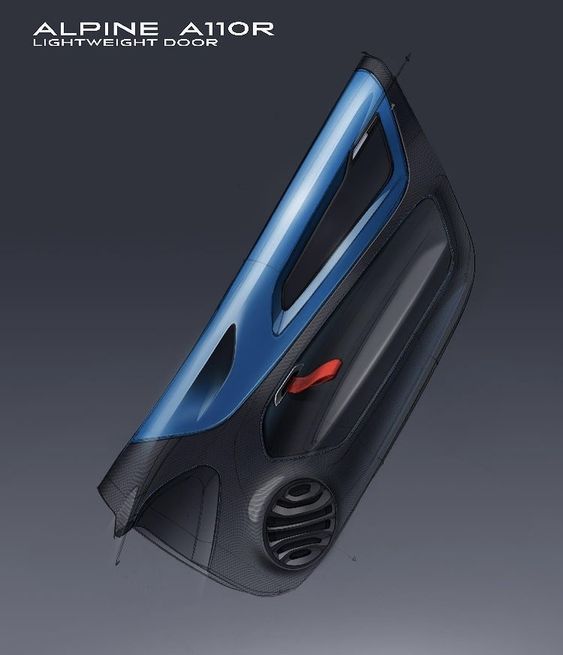

Coloring and texturing are used to bring the design to life. The colors should be chosen carefully to complement the style and mood of the design. Texturing can be used to create a sense of realism and depth. Different materials can be represented using different textures, such as leather, metal, and plastic. It is important to use the right color and texture combinations to achieve the desired effect.
Digital Rendering
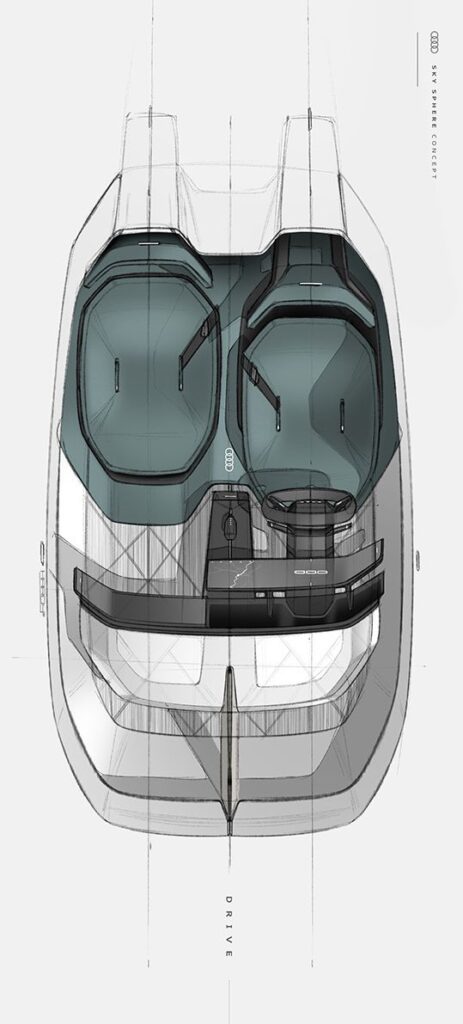
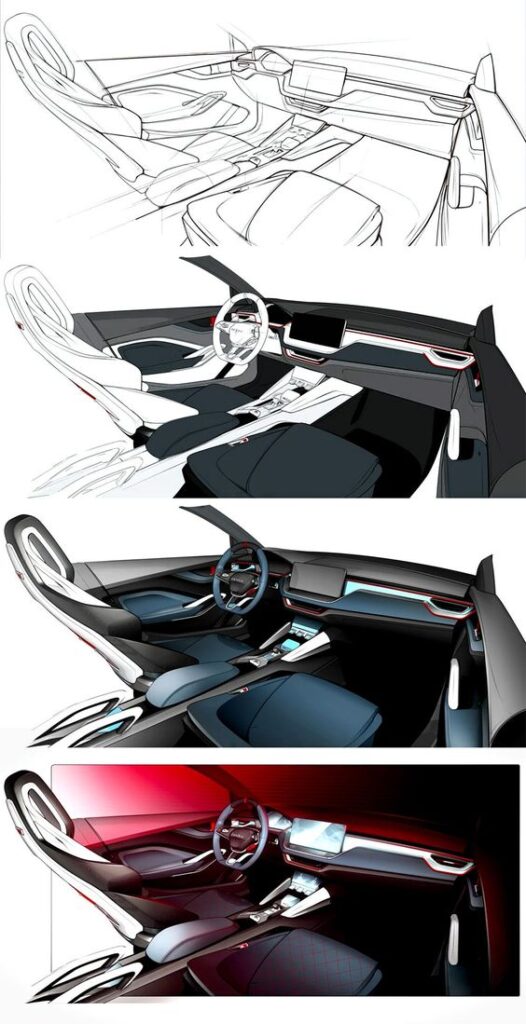
Digital rendering is becoming increasingly popular in automotive interior design. It allows designers to create photorealistic images of their designs using software such as Adobe Photoshop and SketchUp.Digital rendering can save time and money compared to traditional sketching techniques.
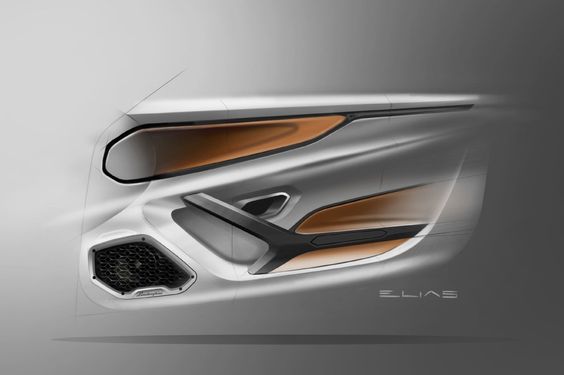
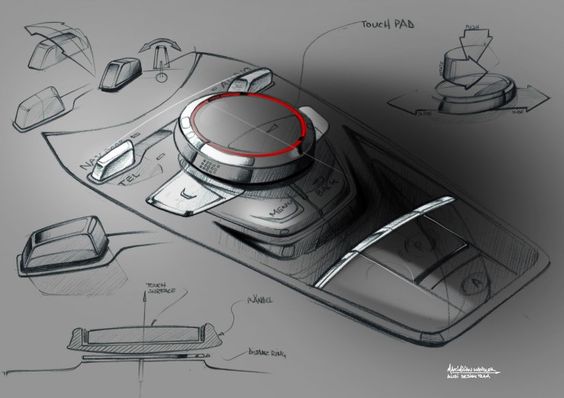
However, it requires a certain level of technical skill and knowledge of the software. It is important to use the right tools and techniques to create high-quality digital renderings.
The Design Process

Concept Development
The design process of automotive interiors starts with the development of concepts. This is where the designer comes up with an idea for the interior space of the vehicle. The concept is usually based on the target market, brand identity, and the overall look and feel of the vehicle. The designer may sketch out different ideas and concepts on paper or using digital tools.
Iterative Sketching
Once the concept is finalized, the designer moves on to the iterative sketching phase. This is where the designer creates multiple sketches of the interior space, refining and iterating on the initial concept. During this phase, the designer may use different tools and techniques to explore different options and variations.
Finalization and Presentation
After multiple rounds of sketches, the designer selects the best option and finalizes the design. This is where the designer creates a detailed sketch of the interior space, including all the necessary details and features. The final sketch is then presented to the client or stakeholders for approval. Once approved, the designer can move on to creating a 3D model or prototype of the interior space.
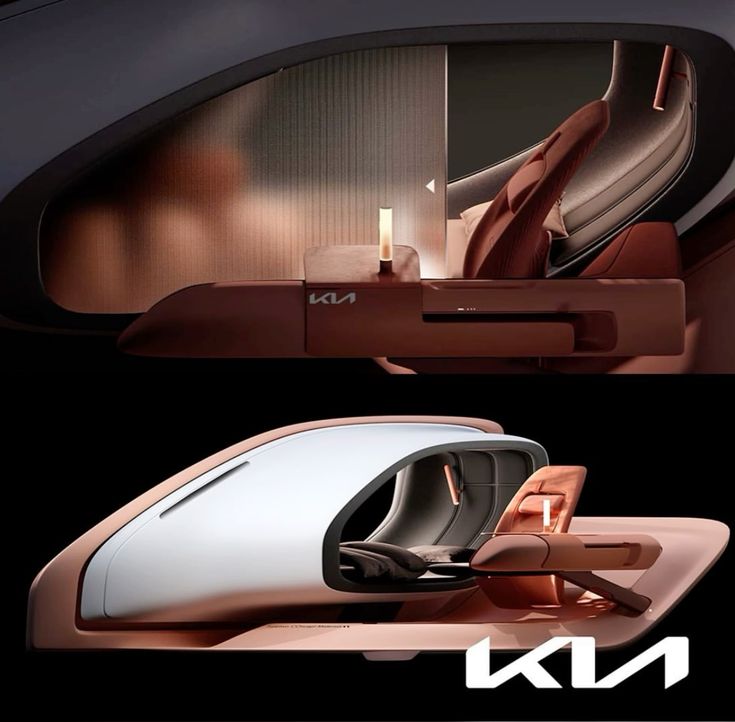
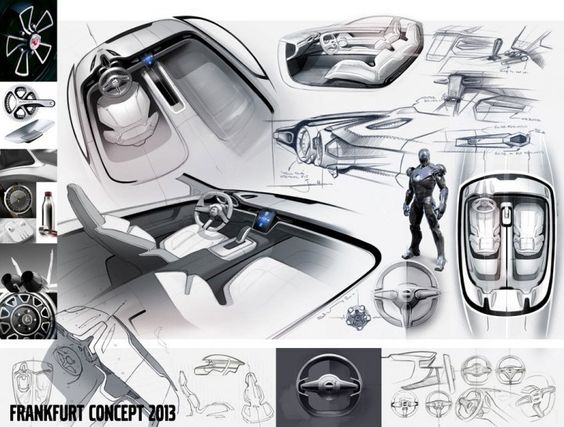
In conclusion, the design process for automotive interiors involves concept development, iterative sketching, and finalization and presentation. The designer uses different tools and techniques to explore various options and refine the design until it meets the client’s requirements.
Case Studies of Iconic Interiors

Some of the most iconic automotive interiors have become synonymous with the brand and model they represent. These interiors have set the standard for luxury, comfort, and functionality. Here are a few examples of iconic automotive interiors:
Rolls-Royce Phantom
The Rolls-Royce Phantom is known for its luxurious interior that exudes elegance and sophistication. The interior is handcrafted with the finest materials, including leather, wood, and metal. The dashboard features a large infotainment screen that is seamlessly integrated into the design. The seats are comfortable and supportive, with the option of adding massage and ventilation functions.
Porsche 911
The Porsche 911 has a minimalist interior that focuses on functionality and performance. The dashboard is clean and uncluttered, with a large central tachometer that is the centerpiece of the instrument cluster. The seats are sporty and supportive, with the option of adding racing-style bucket seats. The interior is customizable with a range of colors and materials to choose from.
Tesla Model S
The Tesla Model S has a futuristic interior that is centered around a large touchscreen display that controls almost every aspect of the car. The interior is spacious and comfortable, with plenty of legroom and headroom. The seats are made of vegan leather and are supportive and comfortable. The Model S also has a panoramic glass roof that provides a sense of openness and airiness to the cabin.
These iconic interiors showcase the importance of design and functionality in automotive interiors. They have set the standard for luxury, comfort, and performance, and continue to inspire designers to create new and innovative interiors for future models.
Future of Automotive Interior Sketching

Sustainable Materials
As the automotive industry moves towards a more sustainable future, interior designers are exploring new materials to create eco-friendly yet stylish interiors. Sketching plays a crucial role in this process, allowing designers to experiment with different materials and textures before committing to a final design.
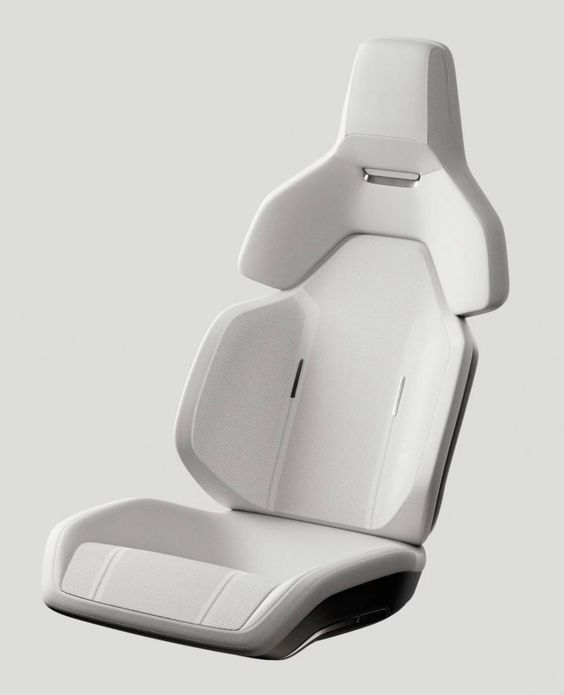
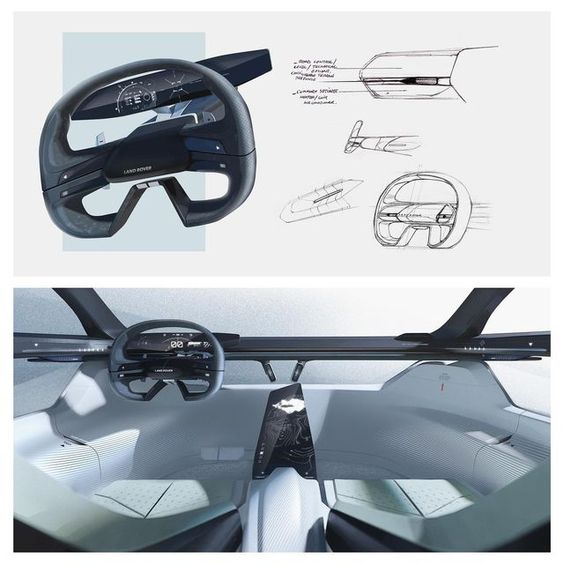
One material that has gained popularity in recent years is recycled plastic. This material can be molded into various shapes and colors, making it an ideal choice for creating unique and eye-catching interior elements. Another sustainable material that is being used more frequently in automotive design is cork. This material is lightweight, durable, and has great acoustic properties, making it perfect for use in car interiors.
Technology Integration
Advancements in technology are also shaping the future of automotive interior sketching. With the rise of augmented reality and virtual reality, designers can now create and visualize their designs in a more immersive way. These technologies allow designers to see their sketches in 3D and make changes in real-time, leading to more efficient and accurate design processes.
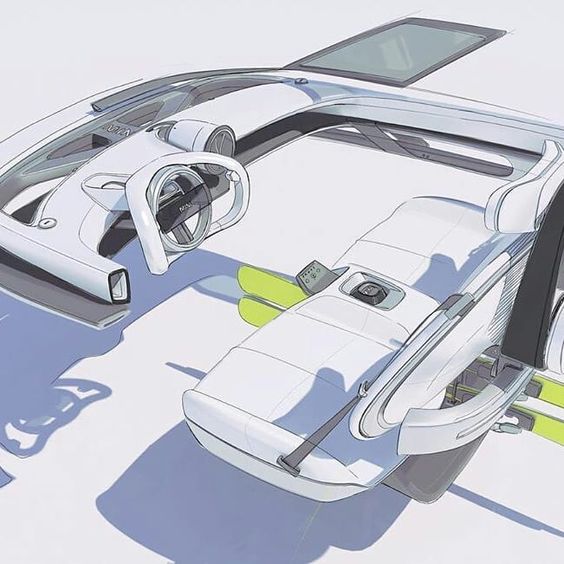
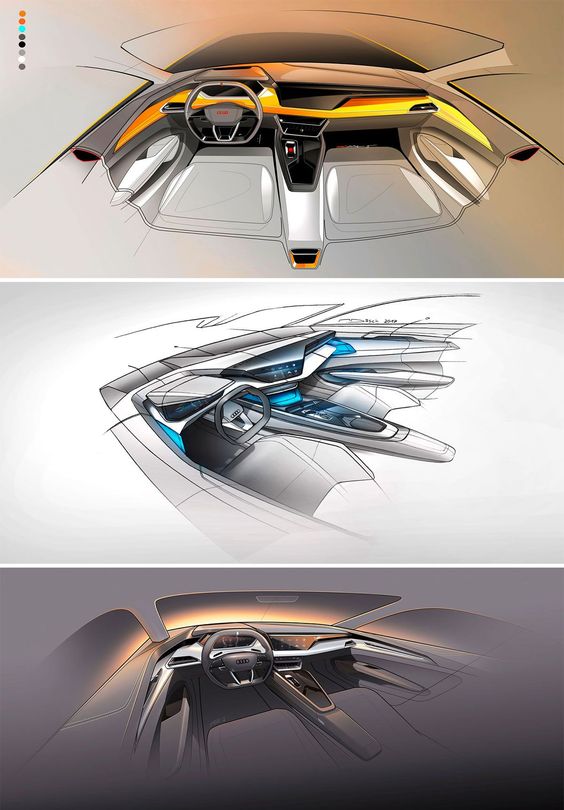
In addition, the integration of smart technology into car interiors is becoming more prevalent. Sketching allows designers to experiment with different ways to incorporate technology seamlessly into the interior design. For example, touchscreens, voice-activated controls, and other smart features can be integrated into the dashboard and other interior elements to create a more user-friendly and connected experience.
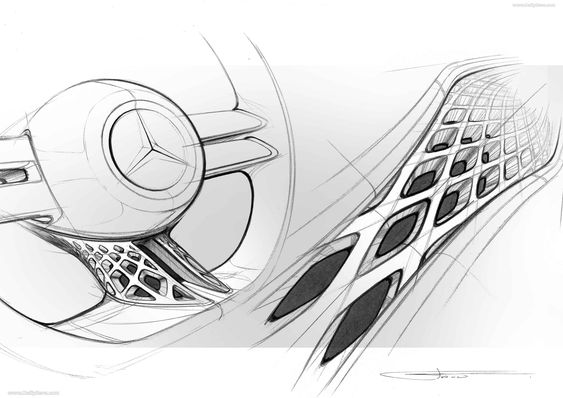
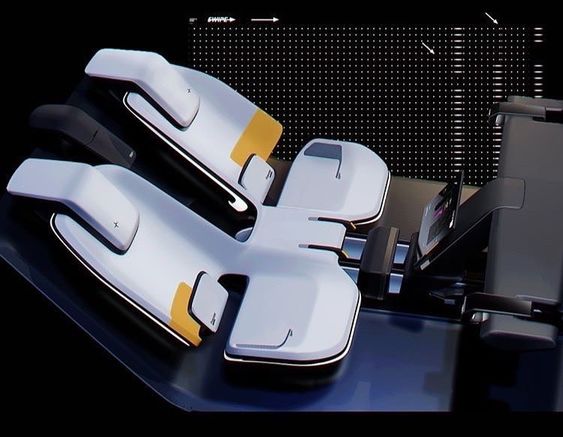
Overall, the future of automotive interior sketching looks bright, with designers exploring new sustainable materials and integrating advanced technologies into their designs. With the help of sketching, designers can create innovative and functional car interiors that meet the needs and desires of today’s consumers.
Frequently Asked Questions

What are the essential elements to include in a car interior sketch?
When sketching a car interior, it’s important to include the key elements that define the space. These include the dashboard, steering wheel, seats, center console, and door panels. Additionally, it’s important to consider the overall layout and flow of the interior space, as well as any unique features or design elements that set the car apart.
How do you effectively convey texture and material in automotive interior drawings?
Texture and material can be effectively conveyed in automotive interior drawings through the use of shading and crosshatching techniques. It’s important to pay attention to the details of the materials being depicted, such as the grain of leather or the texture of plastic. Additionally, the use of color and lighting can help to further enhance the sense of texture and material in the drawing.
What techniques are used to sketch a car dashboard with attention to detail?
When sketching a car dashboard, attention to detail is key. One effective technique is to start with a rough sketch of the overall layout, and then gradually add in more detailed elements such as buttons, gauges, and screens. It’s also important to pay attention to the proportions and spacing of the various elements, as well as the overall aesthetic of the dashboard design.
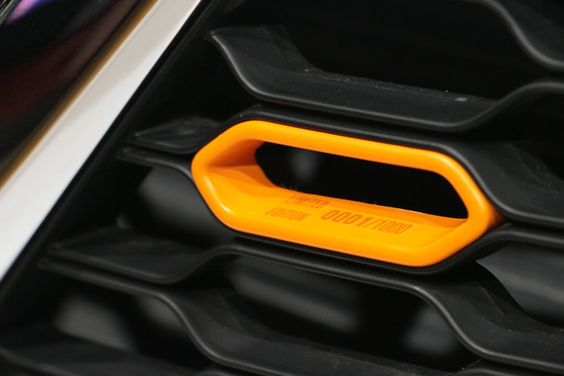
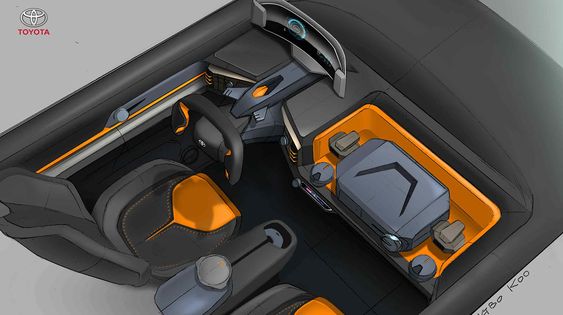
What are the best practices for drawing the front view of a car’s interior?
When drawing the front view of a car’s interior, it’s important to consider the perspective and angles of the various elements. One effective technique is to start with a rough sketch of the overall layout, and then gradually add in more detailed elements such as the dashboard, steering wheel, and seats. It’s also important to pay attention to the proportions and spacing of the various elements, as well as the overall flow and functionality of the interior space.
What is the role of color in automotive interior sketches?
Color plays a key role in automotive interior sketches, as it can help to convey the mood, tone, and overall aesthetic of the design. It’s important to consider the color palette in relation to the materials being depicted, as well as the overall branding and marketing of the car. Additionally, the use of color can help to enhance the sense of depth and dimensionality in the drawing.
How can accessories be incorporated into car interior designs?
Accessories can be effectively incorporated into car interior designs through the use of careful planning and attention to detail. It’s important to consider the functionality and usability of the accessories, as well as their overall aesthetic and design. Additionally, the use of color and texture can help to further enhance the sense of style and sophistication in the design.
- 613shares
- Facebook0
- Pinterest613
- Twitter0


